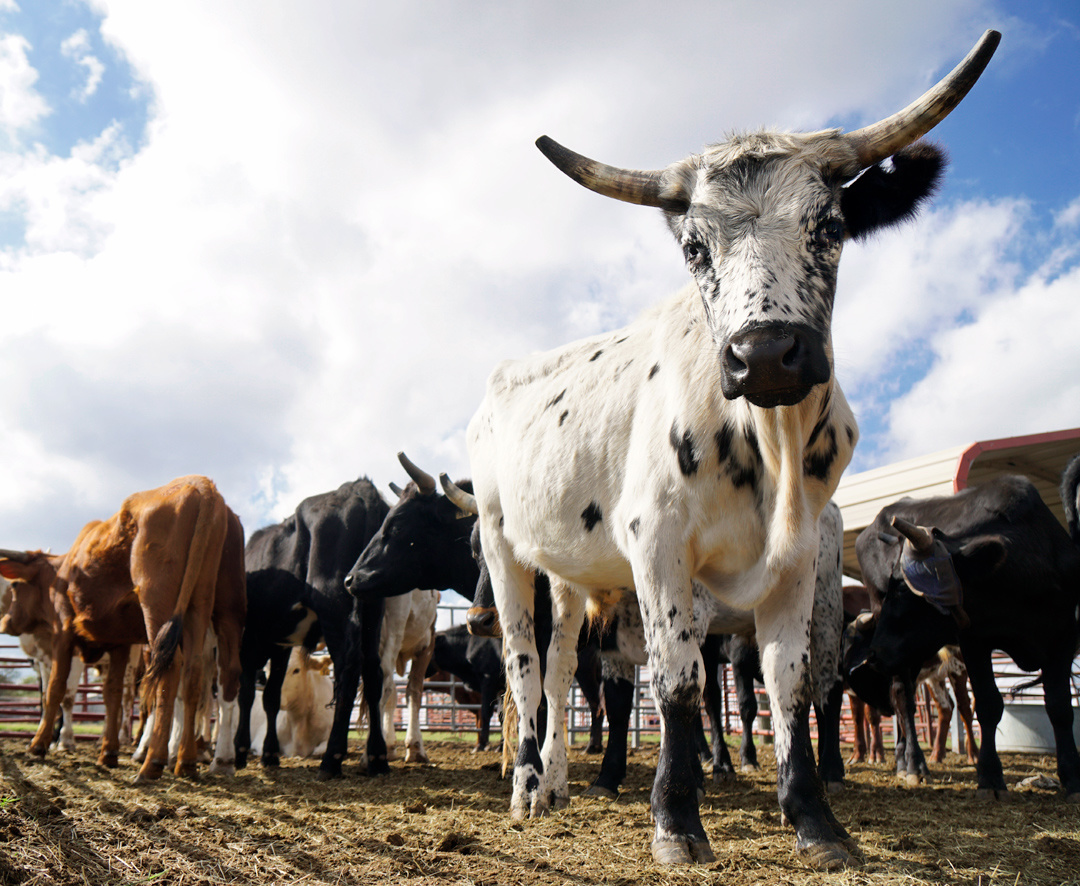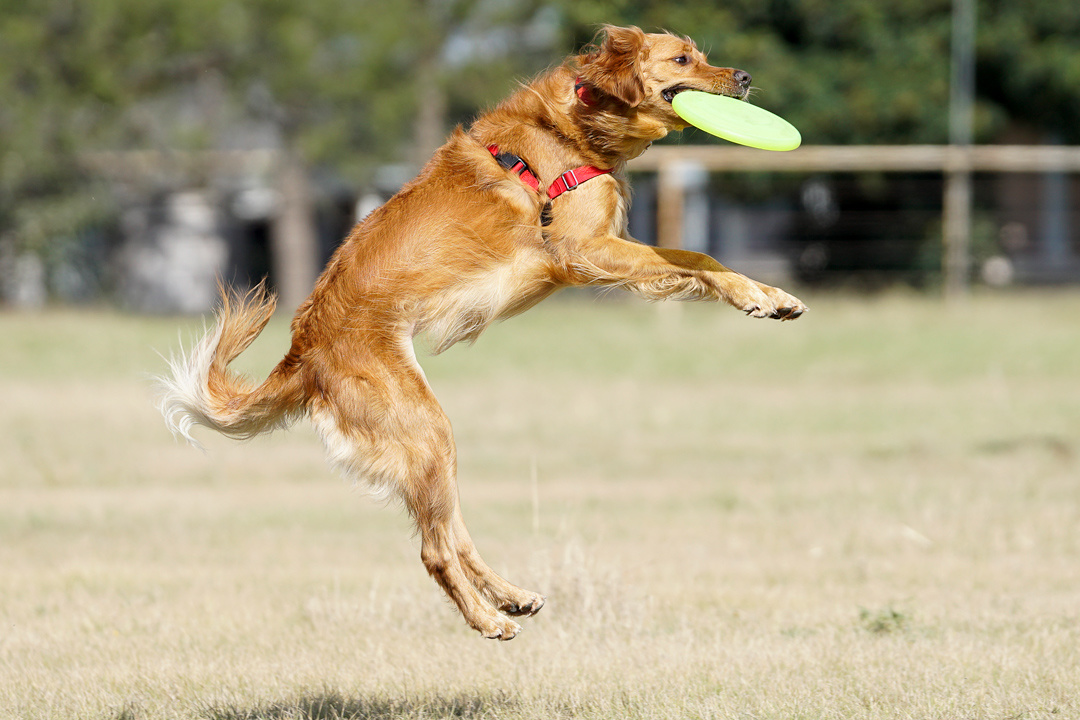In early October, Sony announced a new addition to their a6000-series of APS-C mirrorless cameras. This camera, the a6500, is the new flagship of Sony’s crop-sensor line and costs $400 more than the previously released a6300. So what are we getting for that extra cash? Check out my first hands-on look of the 24.2-megapixel Sony a6500.
First, if you look at the Sony a6300 and a6500 side by side, you’ll notice that they look almost identical. However, the a6500 has some important differences that make it stand out as the best APS-C mirrorless camera that Sony has ever made. In this article I’ll mainly focus on the improved areas over the a6300, but I welcome you to peruse my Sony a6300 hands-on review to catch up.
While at a glance the a6300 and a6500 look the same, there were some tweaks made to the body’s design and button layout. From a top down view, you’ll notice the grip protrudes further out and there are now two custom buttons (C1 and C2) instead of just one. The thumb dial on the right side also has a different knurling pattern that now matches the pattern of the mode dial. On the back of the camera, not much has noticeably changed other than the C2 custom button is now labeled C3 due to the new addition on top.


As for the inside of the a6500, Sony had to do some rearranging in order to fit the SteadyShot in-body image stabilization unit that compensates sensor movement in the five axes — a first for the a6000-series cameras. Amazingly, in the end, they managed to keep the camera the same size as before.
Now that we have an understanding of the minor physical changes, let’s dive into what really matters: the camera’s usability for getting a good shot in the real world.
Touch Focus
One of the first things that many a6500 buyers are going to want to try out is the all-new Touch Focus control. Touch Focus allows users to quickly change autofocus points while in Live View mode on the LCD screen or to use the touchscreen as a Touchpad while looking through the electronic viewfinder. In a puzzling decision, Sony doesn’t allow any other use for the touchscreen LCD besides controlling autofocus point selection.
There are a few menu options for fine-tuning the touchscreen experience. To avoid accidental presses from your face being up against the camera, Sony has options to limit the active screen area to either just the right half of the screen or even to just the right quarter (Quick refresher: the EVF is positioned on the far left side of the a6500). Subjects, of course, don’t always belong on the right side of the frame, so thankfully you can also have the entire screen be operational as a Touchpad — just try and avoid smashing your face up against the back of the camera. If all of this sounds annoying to deal with, you can also turn off the touchscreen operation completely.
Where I find Touch Focus to be most useful is while shooting barely moving or stationary subjects and I’m simply recomposing my framing. This is a very basic use, but for a reason. The touchscreen suffers from some lag between the time you press it to when it activates. I also found it difficult to drag my finger around to track a subject while at the same time keeping my composition and timing my capture moments. Even with these setbacks, I appreciated using it while photographing scenes where there were many potential subjects such as a concert with multiple people on stage in front of the lens. I could find a certain framing I really liked and then quickly tap which band member I wanted to be in focus before getting the shot off. It’s much faster than doing it manually in this scenario.
5-Axis SteadyShot In-Body Image Stabilization
This is one of the more important differences between the cheaper models and the new a6500. I remember back in Miami while testing the a6300 that I couldn’t seem to find the menu option to enable SteadyShot. I even asked a Sony representative where it was, completely oblivious to the possibility that it didn’t have it. From using the Mark II cameras of the a7 series, I realized I had become almost dependent on this feature being commonplace in shooting. It works so incredibly well. Well, happily, three-quarters of a year later, we have 5-axis stabilization in the APS-C mirrorless line.
I know there are many people who view the a6000-series as travel photography cameras due to the compact size and smaller APS-C E-mount lenses, and having in-body stabilization can slim your kit even further by not always having to carry a gimbal or tripod to every location and still achieve high-quality results. You can shoot later into the night with a lower ISO and get fantastic quality images in low light with Sony’s SteadyShot INSIDE. As with the a7 II-series, third-party lenses mounted with an adapter also benefit from the 5-axis image stabilization.
High-Speed Continuous Shooting
With Sony’s improved front-end LSI, the a6500 can shoot continuously far longer than you will probably ever need or want to: over 100 raw frames at 11 frames per second. That’s a lot of photo culling if you overuse it. The first day using the a6500 I completely unnecessarily captured bursts of just about everything that was on the shot list. The logic was that I could really make sure not to miss the “perfect” moment. In their press release, Sony used the word “decisive,” however I think shooting 100 raw frames (or over 300 JPEGs) at 11 fps is anything but.
Looking back on the images, it was largely uncalled for. Shooting at such high frames per second results in nearly identical photo sets unless the subject is moving considerably fast. So while hearing that crazy sound of the camera firing off 11 frames per second is neat, I think it’s safe to tuck that one away and use it just for special circumstances when intuition and timing can get tricky. There are slower drive speeds to choose from that are way more practical to use.
Now that we are on the topic of capturing a bunch of images though, I unfortunately found that we have another Sony camera with the same Sony problem. The a6500 will still leave you hanging to see your photos after shooting a burst as it writes the files to the card. However, with the a6500, you can now see how many images are left to clear the buffer. That didn’t really stop me from doing the traditional mashing of the playback button until I see an image instead of a message prompt.
Tidbits
- There’s a noticeable screen blackout when switching from monitor live view to electronic viewfinder or vice versa. I’m assuming this has always been the case with Sony Alpha mirrorless cameras, but honestly, I never noticed it until I spent a few days almost exclusively shooting action and sports. There’s nothing worse than sensing something unique about to happen, raising the EVF to your eye, and having to wait for the screen to light up. I ended up turning off the automatic switching option and binding the AEL button to change it manually.
- The image quality is nearly the same as the a6300 (which is really good). With the new front-end LSI you would expect to see better image quality at higher ISOs, but a side-by-side comparison is probably the only way you would tell there’s a difference.
- The autofocus on the a6500 seemingly handles tracking a little better than the a6300. The a6300 I used had an issue where it would easily get distracted by high-contrast stationary objects rather than follow the moving subject, but I didn’t come across this happening to a noticeable degree during my days using the a6500.
- There are a total of 35 pages of menu options split into six color-coded tabs. It’s best to avoid the Sony menu system as much as you can by binding custom buttons and filling up the Function menu with relevant options. Many people are hoping that Sony comes out with a firmware update that adds a custom menu tab where all your favorite options can be accessed quickly.
The Sony a6500 is priced at $1,398 and you can pre-order it now on B&H Photo.
























This camera is an interesting beast, especially for it's price. I wonder if it records video using the full frame or if it bins. I would have to assume the latter, but you never know. Overall and interesting package.
I'd need to check up on this, but as far as I know it takes 6K video then downsamples to 4K, making the actual file quiet a bit sharper than what you'd get out of the a7s ii
Yeah I just saw that around the web. According Imaging Resource it's not binning at 6k, so, pretty interesting. S-log too. Apparently the shutter rolls a bit more than you'd like tho. Still, overall very interesting.
I wish they would just create a menu that does not suck completely.
The people at Sony in charge of these things would probably say this is good enough for now. The menus look very much like other bad Sony menus you find across all their electronics released over the past 10 years. Adding touchscreen into more and more of these cameras might spur some kind of change though.
"Now that we are on the topic of capturing a bunch of images though, I unfortunately found that we have another Sony camera with the same Sony problem. The a6500 will still leave you hanging to see your photos after shooting a burst as it writes the files to the card." - Have you tried turning off auto-review?